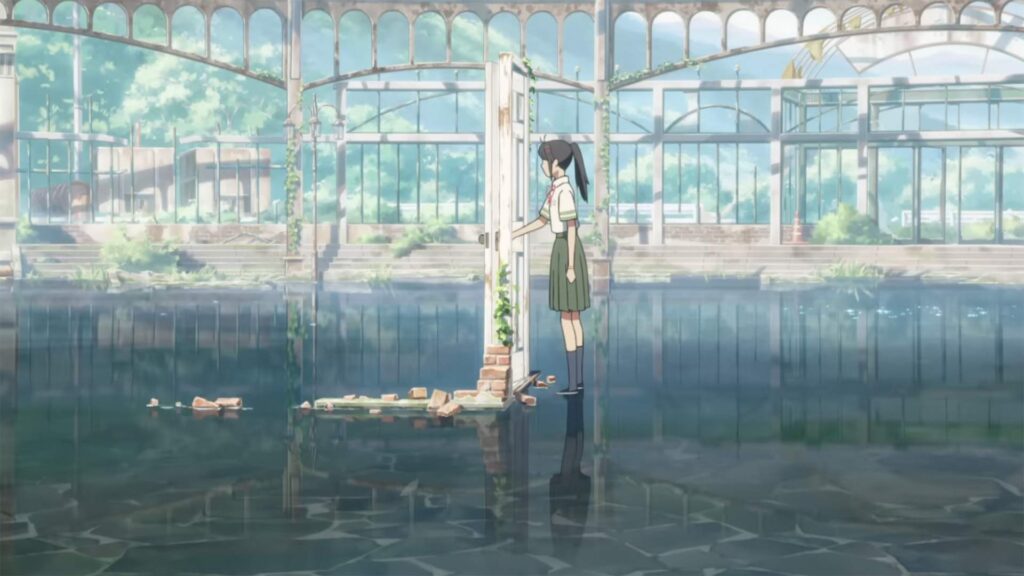
This weekend, “Suzume,” the newest anime film from Makoto Shinkai, opens in theatres here. The movie, which centres on themes of loss and grief, is set in the aftermath of the 2011 earthquake that ravaged Japan’s Tohoku region.
To assist convey the tale of a little girl named Suzume who journeys across disaster-stricken Japan in an effort to prevent the country from being destroyed, Shinkai introduces a talking cat and a moving three-legged chair. This takes her through a secret door and into the Ever After, a fantasy world of souls, which Suzume first encounters.
Shinkai spoke with Variety via a translator on creating Suzume’s universe and the movie’s overarching themes of tragedy and optimism.
Where did the idea of “Suzume” begin for you?
Since the 2011 Great East Tohoku earthquake, I’ve been getting ready to start this endeavour. The country and society of Japan were dramatically altered by the earthquake. Although I wasn’t a direct victim, it fundamentally altered the way I saw the world. I also experienced how instantly uprooted life as we know it was as a result of the events that occurred in the immediate aftermath.
It also altered the way I make movies. I began to consider how, as people, we can live in a society that is disaster-prone, how we might be uprooted at any time, and how to find hope.
The opening scene shows the title character, Suzume, looking for her mother. Why did you want to begin the film this way?
A youthful Suzume in this fantasy universe strolling around the Ever After was what I had in mind from the very beginning of the movie.
Some of the earthquake victims from 2011 may have perceived the situation as harsh because everything was levelled and all the villages along the coast were basically wiped away when the earthquake struck. Looking for their loved ones while also coming to grips with what had occurred, people were wandering around in the muck. I attempted to visualise what that environment would have looked like if there had been no human influence, and I came up with a grassy, overgrown field, which is what Suzume is shown wandering through.
The story is about loss, the trauma that comes with that and, ultimately, hope. How did you balance those themes in your storytelling?

There is a really therapeutic moment in the last scene when adolescent Suzume tells her younger self, “One day you’re going to grow up, you’re going to fall in love with others, and you’re going to fall in love with yourself,”
The stars in the distance are turning at that same instant, and day has replaced night. I intended for that to stand in for the passage of time, and as a result, the Ever After is a place where every possible sense coexists. In a symbolic sense, it’s about the adolescent Suzume giving a younger version of herself the courage she needs to overcome that, as well as the hope she experiences at that very time.
Suzume is a narrative about loss and the sadness the protagonist encounters, yet if that were its sole theme, the movie would have been oppressive and depressing. She encounters Souta, a chair with three legs, to counteract it. Souta, a humorous figure, joins her as her sidekick.
What was the idea behind Souta being three-legged?
The leg was apparently carried away in the tsunami, according to the theory. Suzume eventually finds it, which struck me as a metaphor for Suzume’s loss. We witness them embark on this voyage, and despite whatever loss they’ve had, they’re still able to embark on this adventure in Japan in order to finally live a fulfilled life and overcome whatever internal battles they’re facing.



